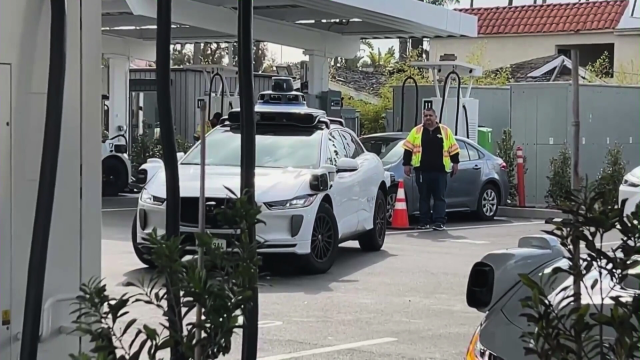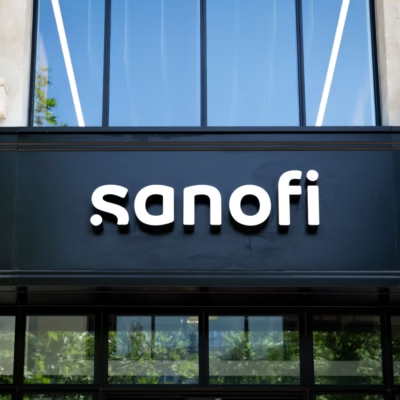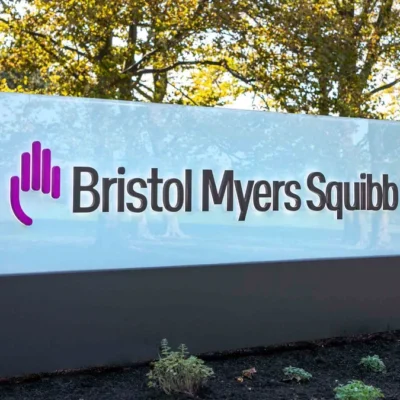Waymo, the autonomous vehicle unit owned by Alphabet Inc., is facing serious pushback in Santa Monica as residents express growing frustration over the noise and presence of its self-driving robotaxis.
Once hailed as a futuristic solution for sustainable urban transport, Waymo’s robotaxis are now the subject of heated local protests. Residents complain that the vehicles, particularly when navigating narrow streets or stopping and starting frequently, generate excessive noise — disrupting daily life and challenging the city’s quiet coastal culture.
Residents Say Robotaxis Are Disrupting Peace
Local homeowners and renters say they are experiencing near-constant interruptions from the self-driving cars, which operate 24/7 across Santa Monica’s downtown and residential zones.

“The cars keep revving, stopping, backing up, beeping — and it happens all day and night,” said Lisa Turner, a long-time resident of Ocean Park. “They sound like someone learning to drive for the first time, and it’s just constant.”
Groups of concerned citizens have organized under community alliances to demand immediate limitations on Waymo’s operations. Petitions have started circulating both online and door-to-door.
City Officials and Protesters Seek Clearer Regulation
Last weekend, nearly 200 residents marched in a peaceful protest outside Santa Monica City Hall. They carried signs reading “Silence Our Streets” and “Tech Can’t Override Peace.”
The city council has since scheduled a special session to discuss the legal reach of autonomous vehicle operations within Santa Monica’s jurisdiction.
“We welcome innovation,” said Councilmember David Hoskins, “but not at the cost of our residents’ comfort, safety, and peace. There must be a balance between technology and livability.”
For now, the city claims limited power to regulate the operations of autonomous vehicles due to oversight being managed primarily at the state level by the California Public Utilities Commission (CPUC) and Department of Motor Vehicles (DMV).
What’s Causing the Noise?
Waymo vehicles are designed to follow cautious driving protocols, often resulting in slow maneuvers and frequent stops — particularly in pedestrian-heavy areas like Santa Monica.
“Autonomous cars rely on complex algorithms and sensors,” explained urban mobility analyst Karen Monroe. “So they make lots of micro-decisions, resulting in many small adjustments, braking, turning, and sometimes even stopping altogether if they misread something. That’s what’s creating the noise and disruption.”
Critics also claim that the cars make high-pitched whirring and clicking sounds from internal sensors and external warning systems that are noticeable during quiet hours.
Waymo Responds to Local Concerns
In a public statement, Waymo addressed the backlash by saying they take all community feedback seriously.
“We are working closely with local leaders and regulators to ensure our technology integrates smoothly into the community,” said the company spokesperson. “Safety and reliability are our top priorities, and we aim to improve the noise footprint as our systems evolve.”
Waymo also noted that their vehicles are electric and produce significantly fewer emissions compared to gas-powered alternatives. However, this point has done little to calm residents who are more concerned with noise pollution and street congestion.
Push for Pilot Program Review and Transparency
Protesters are now calling for a pause or scaling back of Waymo’s pilot program in Santa Monica until further environmental and acoustic impact studies are conducted.

“Why weren’t residents informed or consulted before these cars hit the road in full swing?” asked activist Jordan Chase, who helped organize Sunday’s protest. “We’re not against technology. We’re against being treated like test subjects without consent.”
Some local tech advocates, however, have argued in support of the robotaxi program, saying that it’s a necessary step toward a more connected, efficient urban transport model.
Growing National Debate on Robotaxi Integration
Santa Monica is not the only city grappling with the arrival of autonomous vehicles. Similar complaints have emerged in Phoenix, San Francisco, and Los Angeles, where Waymo and rival companies like Cruise and Tesla are actively testing and expanding robotaxi fleets.
In San Francisco, robotaxis were blamed for blocking emergency vehicles and even causing minor traffic accidents. Read more from The Verge
As the U.S. becomes a testing ground for self-driving technology, community resistance is beginning to shape regulatory conversations.
Tech vs. Community: The Search for Compromise
The core question remains — how do we introduce transformative technology into established cities without disrupting existing lifestyles?
Waymo’s next steps in Santa Monica will be closely watched by cities around the country. Community advocates say transparency, collaboration, and sensitivity to local culture must be non-negotiable parts of the process.
“Autonomy can’t mean freedom from accountability,” said Chase. “We need rules, limits, and human oversight.”
What’s Next for Waymo in Santa Monica?
With more community meetings planned and state regulators likely to weigh in, the future of Waymo’s presence in Santa Monica is uncertain.
Waymo has hinted at software updates and operational refinements, such as limiting night-time operations in residential areas or adjusting driving behavior to reduce mechanical noises.
As the battle between innovation and quality of life plays out, Santa Monica may become the case study that determines how robotaxis coexist with communities — or whether they do at all.
Also Read – Why Tesla’s Robotaxi Are Struggling in Low Visibility Scenarios






